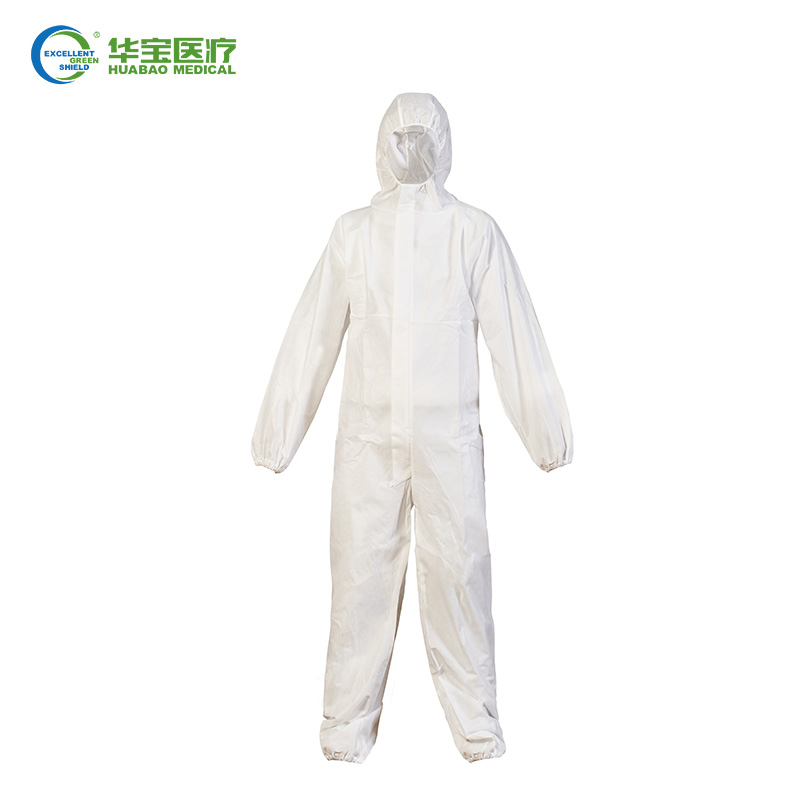Introduction
When it comes to personal protective equipment (PPE), selecting the right type of clothing is crucial to ensure the safety and well-being of individuals working in hazardous environments. In this comprehensive guide, we will walk you through the process of choosing an appropriate Type 5 and Type 6 protective clothing. Whether you are involved in chemical handling, pharmaceutical manufacturing, or asbestos removal, this article will equip you with the necessary knowledge to make informed decisions regarding your safety gear.
What is Type 5 Protective Clothing?
Type 5 protective clothing is designed to provide protection against solid airborne particles such as dust, fibers, and powders. It acts as a barrier, preventing these hazardous substances from penetrating the fabric and coming into contact with the wearer's skin. This type of clothing is commonly used in industries such as construction, agriculture, and manufacturing.
What is Type 6 Protective Clothing?
Type 6 protective clothing is intended to shield the wearer from light liquid splashes and low-level spray. It offers limited resistance to liquid penetration and is suitable for tasks where the risk of liquid exposure is relatively low. Industries such as painting, pesticide application, and chemical cleanups often require the use of Type 6 protective clothing.

1. Material Quality and Durability
The material used in the construction of protective clothing plays a significant role in its effectiveness and durability. Look for garments that are made from high-quality materials such as microporous film laminate, which offers excellent barrier properties and breathability. The clothing should be tear-resistant and capable of withstanding the rigors of the work environment.
2. Protection Level
Evaluate the level of protection offered by the clothing. Type 5 and Type 6 garments should comply with relevant safety standards and provide adequate protection against the specific hazards present in your workplace. Consider factors such as the size of particles or droplets the clothing can block, as well as its resistance to liquid penetration.
3. Comfort and Fit
Wearing protective clothing for extended periods can be physically demanding. Opt for garments that prioritize comfort without compromising safety. Look for features such as elasticated cuffs, adjustable closures, and breathable fabrics to enhance the overall comfort and ease of movement. It's crucial to select clothing that fits well, as ill-fitting garments may compromise their protective capabilities.
4. Ease of Use and Maintenance
Choose protective clothing that is easy to put on and take off, allowing for quick and hassle-free donning and doffing. Additionally, consider the maintenance requirements of the clothing. Some garments may require special cleaning procedures or have limited reusability, while others can be easily decontaminated and reused.
5. Certification and Compliance
Ensure that the protective clothing you select meets industry standards and regulatory requirements. Look for certifications such as CE (Conformité Européene) marking, which indicates compliance with European Union safety standards. Familiarize yourself with any specific regulations or guidelines applicable to your industry to guarantee the suitability of the clothing for your intended use.
Conclusion
Selecting the appropriate Type 5 and Type 6 protective clothing is a critical step in ensuring the safety and protection of individuals working in hazardous environments. By considering factors such as material quality, protection level, comfort, ease of use, and compliance with safety standards, you can make an informed decision that prioritizes both safety and comfort. Remember, investing in high-quality protective clothing is an investment in your well-being and peace of mind.


Comments
Please Join Us to post.
0